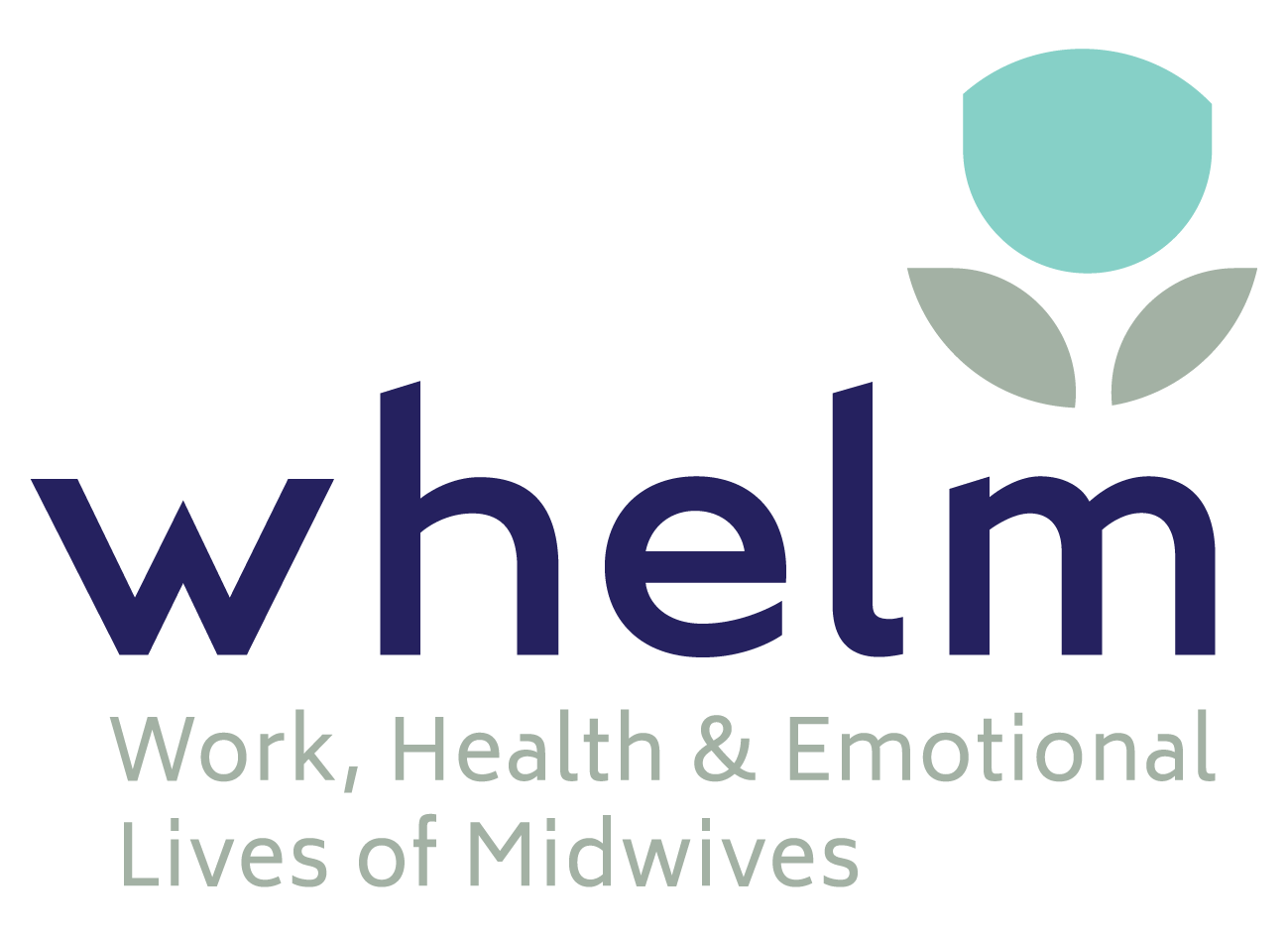Maternity services reform
The maternity reform agenda aims to re-orient maternity care to be primary health focussed, community-based and woman-centred. Woman-centred care requires access to a known and trusted midwife, commonly provided through a Midwifery Group Practice (MGP). The evidence is clear that MGP is gold standard, but implementation of these models in Australia has been slow (Hewitt et al., 2021a), which has resulted in 90% of women without access (Dawson et al., 2015). Midwives in leadership roles are ideally placed to drive maternity services reform, including rollout of MGP models of care. Research has identified what makes an effective midwifery leader – clinical experience and skill, good communication, emotional intelligence, innovation and desire to make a difference (Byrom & Downe, 2010). However, little is known about what midwifery leaders specifically need to re-orient maternity services.
Exploring midwifery leaders’ perspectives
Masters of Primary Maternity Care student, Joy Adcock, recently conducted a study under the supervision of Professors Emeritus Mary Sidebotham and Jenny Gamble. The qualitative study sought to answer the question: What do midwives in leadership positions need to be effective in contributing to the reform of maternity services in Australia? The first author interviewed 13 Australian midwifery leaders – midwifery consultants, midwifery unit managers, MGP managers, midwifery service directors, and state/national midwifery leaders. The research team analysed interview data to describe the views and perspectives of midwifery leaders.
What midwifery leaders need
Resilience, bravery and confidence were crucial for midwifery leaders to manage resistance and barriers to implementation of MGP (Adcock et al., 2021). Midwifery leaders who demonstrated a strong motivation and commitment to implementing midwifery continuity of care, were more able to navigate set-backs and drive maternity reform (Adcock et al., 2021). This ability was underlined by a belief that MGP was ‘the answer’ to maternity care and a determination to use the evidence to improve care for mothers and babies (Adcock et al., 2021). With this foundation, effective leaders described influencing the midwifery culture of their organisation to embody woman-centred care (Adcock et al., 2021).
Participants described their need for support from their organisation and from respectful relationships with key stakeholders (Adcock et al., 2021). Indeed, trusting relationships across all organisational levels is critical for midwifery continuity of care to work (McInnes et al., 2021). To achieve positive relationships, leaders described learning to speak ‘executives’ language’, form strategic alliances with like-minded obstetricians, challenge medical views, and respond to the needs of midwives and consumers (Adcock et al., 2021). This fits with a study of MGP managers that found that the ability to advocate for midwives and women was key to the role (Hewitt et al., 2019).
Midwifery leaders valued opportunities for professional development in the form of leadership training, mentoring and clinical supervision (Adcock et al., 2021). Indeed, previous research has emphasised the importance of leadership attributes and development opportunities for midwifery leaders (Byrom & Downe, 2010; Hewitt et al., 2018; Miskelly & Duncan, 2014).
Recommendations
Midwifery leaders need to be specifically equipped to drive maternity care reform. To facilitate midwifery leaders to reach their potential requires investment in their professional development through leadership training and mentoring programs (Adcock et al., 2021). To effectively lead the change, midwifery leaders require a strong personal commitment and confidence to push for expansion of MGP. This commitment could be strengthened by developing a network of Australian midwifery leaders (Adcock et al., 2021) to share strategies, support and bolster resilience. Additionally, there must be a willingness and ability to develop and nurture strategic relationships. Because midwifery is a profession separate from nursing, midwifery leaders should be included on executive leadership teams, rather than represented by nursing leaders (Adcock et al., 2021). The role of midwifery leaders is to ensure MGP is “prioritised, nurtured and embraced” (Hewitt et al., 2021b).
Highlighted research
Adcock, J. E., Sidebotham, M., & Gamble, J. (2021, 2021/04/28/). What do midwifery leaders need in order to be effective in contributing to the reform of maternity services? Women and Birth. https://doi.org/https://doi.org/10.1016/j.wombi.2021.04.008
References
Byrom, S., & Downe, S. (2010). ‘She sort of shines’: midwives’ accounts of ‘good’ midwifery and ‘good’ leadership. Midwifery, 26(1), 126-137. https://doi.org/10.1016/j.midw.2008.01.011
Dawson, K., Newton, M., Forster, D., & McLachlan, H. (2015, 2015/01/01/). Caseload midwifery in Australia: What access do women have? Women and Birth, 28, S12. https://doi.org/https://doi.org/10.1016/j.wombi.2015.07.048
Hewitt, L., Dahlen, H. G., Hartz, D. L., & Dadich, A. (2021a). Leadership and management in midwifery-led continuity of care models: A thematic and lexical analysis of a scoping review. Midwifery, 98, 102986. https://doi.org/10.1016/j.midw.2021.102986
Hewitt, L., Dadich, A., Hartz, D. L., & Dahlen, H. G. (2021b). Management and sustainability of midwifery group practice: Thematic and lexical analyses of midwife interviews. Women and Birth, S1871-5192(21)00081-0. Advance online publication. https://doi.org/10.1016/j.wombi.2021.05.002
Hewitt, L., Priddis, H., & Dahlen, H. G. (2018). What attributes do Australian midwifery leaders identify as essential to effectively manage a Midwifery Group Practice? Women and Birth. https://doi.org/https://doi.org/10.1016/j.wombi.2018.06.017
McInnes, R. J., Aitken-Arbuckle, A., Lake, S., Hollins Martin, C., & MacArthur, J. (2020). Implementing continuity of midwife carer – just a friendly face? A realist evaluation. BMC Health Services Research, 20(1), 304. https://doi.org/10.1186/s12913-020-05159-9








